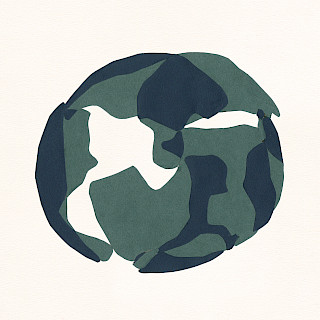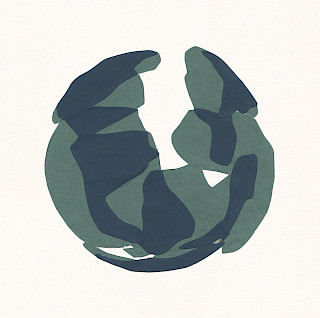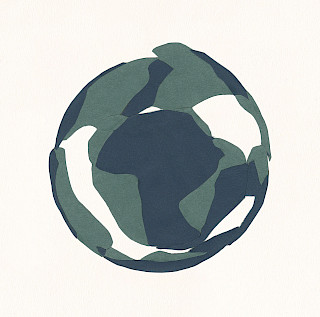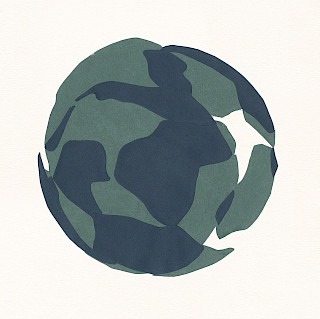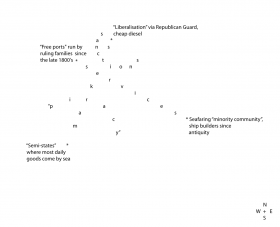Giuditta Vendrame
In the early 1950s Marie Tharp, geologist and oceanographer at Lamont-Doherty Earth Observatory at Columbia University translated into physiographic diagrams datas collected in expeditions across the Atlantic ocean by her colleague Bruce Heezen and in many previous ones with the ambition to map the ocean floor. During the translation from data to drawings, she noticed that the oceanic ridge is crossed by a rift, thus revolutionizing geology. This realization contributed to prove the plate tectonic theory that at the time was still largely not accepted. Marie Tharp had to draw and redraw her diagrams and maps, because at the beginning her intuition was not taken seriously and it was dismissed as “girl talk”. I have learned about plate tectonic theory in elementary school, but only after almost 30 years I have realized that this theory has been largely accepted since a relatively short time.
In my research I look at this cracks in the middle of the ocean, at this geological and biological margin as turbulent sites where to possibly undo the notion of a political border, following philosopher Emanuele Coccia’s understanding of migration as a planetary condition, shared among all beings, drifting along with the continents. The fractures in the bottom of the ocean suggest and foster an underlying planetary movement, in opposition to nation state boundaries: devices used to control movement and prevent unwanted movement.
